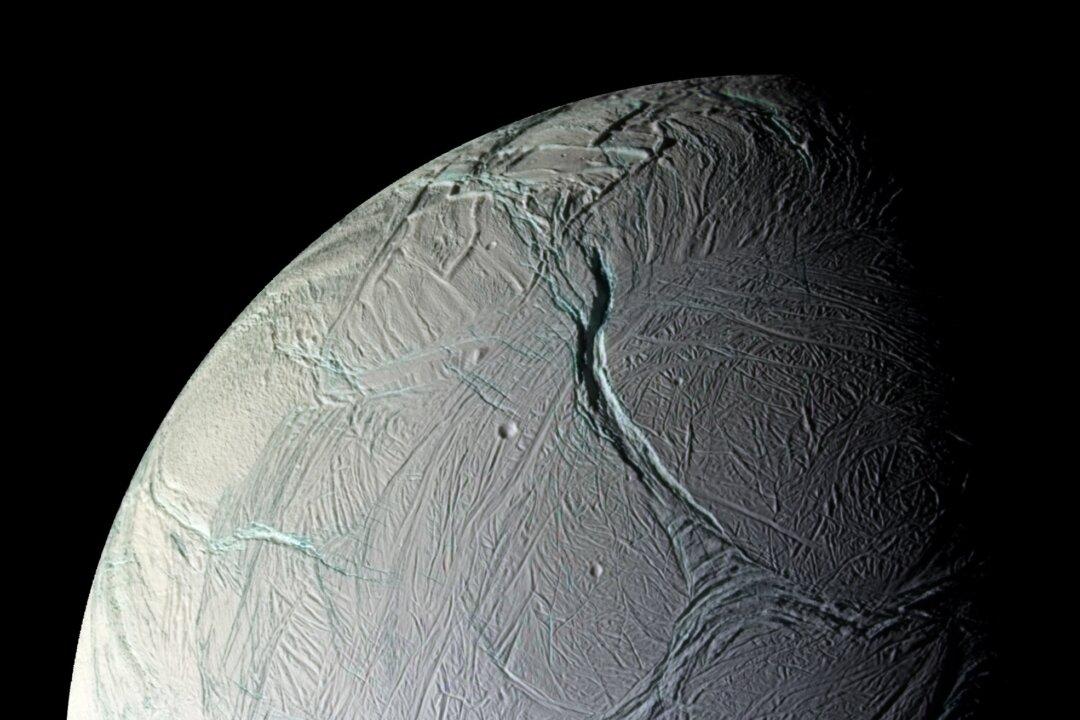Focus
moons
Saturn Is the Solar System’s ‘Moon King,’ With 20 More Spotted
Saturn is now being recognized as the “moon king” of our solar system, with astronomers spotting 20 more of them orbiting the giant ringed planet.
|
Images of Pluto’s Moon Charon Show Huge Fractures and Hints of Icy ‘Lava Flows’
Since the New Horizons probe flew through the Pluto system on July 14, most of the attention has been on Pluto itself.
|
Global Ocean Makes Saturn’s Moon Wobble
By examining tiny wobbles of Saturn’s moon Enceladus—whose cosmic quavers are detectable only in high-resolution images taken by NASA’s Cassini spacecraft—planetary scientists have discovered that a global ocean lies beneath the moon’s thick icy crust.
|
Get Ready for New Horizons’s Flyby of Pluto
NASA’s New Horizons spacecraft will fly through the Pluto system on July 14 at an angle of 46 degrees to the plane of the dwarf planet’s orbit, piercing the plane and then passing through the shadows first of Pluto and then of its moon, Charon.
|
Saturn Is the Solar System’s ‘Moon King,’ With 20 More Spotted
Saturn is now being recognized as the “moon king” of our solar system, with astronomers spotting 20 more of them orbiting the giant ringed planet.
|
Images of Pluto’s Moon Charon Show Huge Fractures and Hints of Icy ‘Lava Flows’
Since the New Horizons probe flew through the Pluto system on July 14, most of the attention has been on Pluto itself.
|
Global Ocean Makes Saturn’s Moon Wobble
By examining tiny wobbles of Saturn’s moon Enceladus—whose cosmic quavers are detectable only in high-resolution images taken by NASA’s Cassini spacecraft—planetary scientists have discovered that a global ocean lies beneath the moon’s thick icy crust.
|
Get Ready for New Horizons’s Flyby of Pluto
NASA’s New Horizons spacecraft will fly through the Pluto system on July 14 at an angle of 46 degrees to the plane of the dwarf planet’s orbit, piercing the plane and then passing through the shadows first of Pluto and then of its moon, Charon.
|






